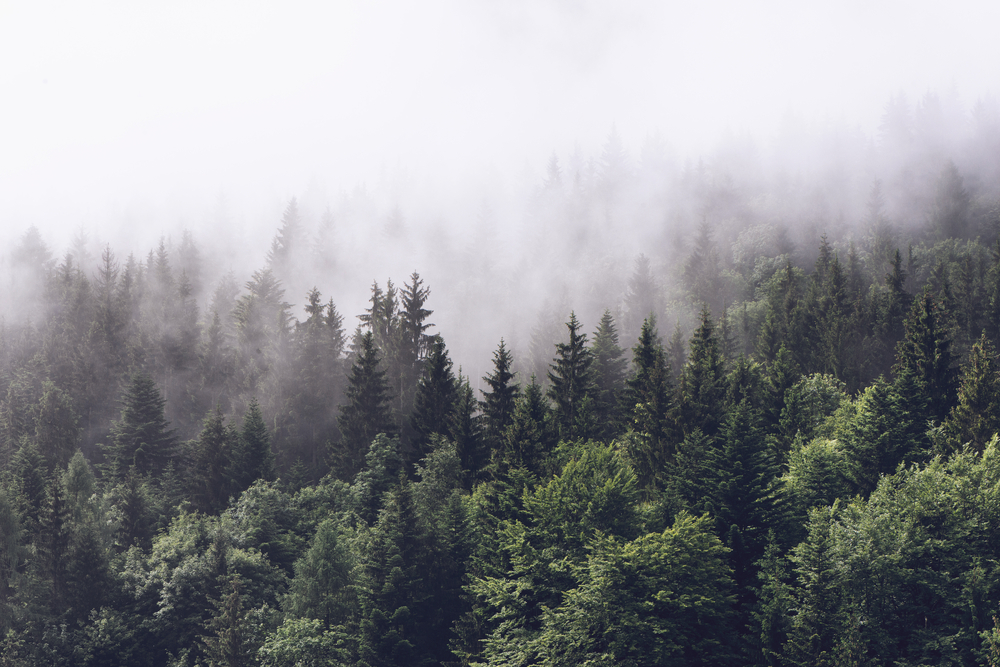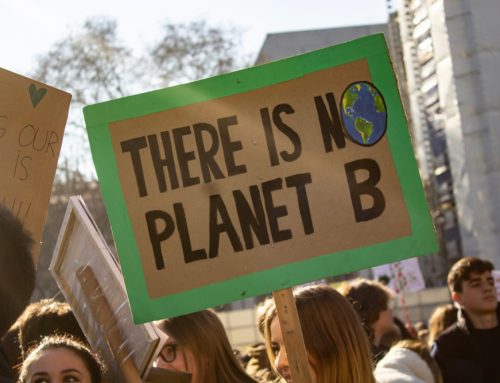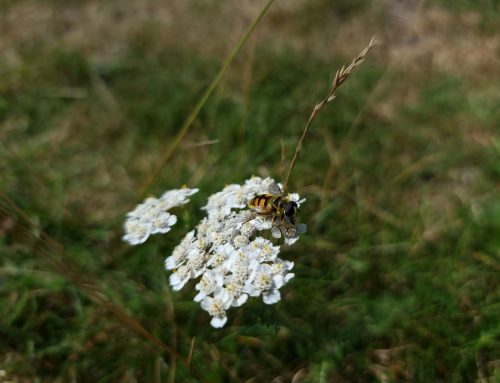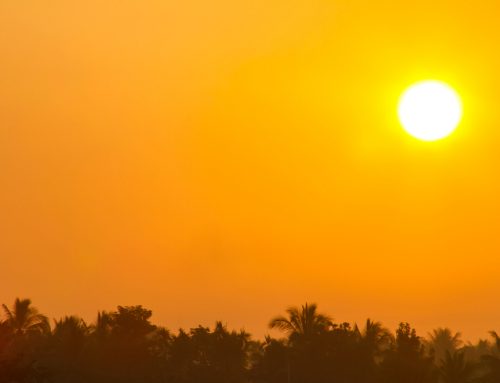New research has found that just 3% of the world’s land remains ecologically intact.
A new study from the Key Biodiversity Areas Secretariat in Cambridge, UK, suggested that these undamaged areas are in the Amazon and tropical forests in the Congo, east Siberian and northern Canadian forests, and the Sahara.
Whilst previously it was thought that 20-40% of the Earth’s surface wasn’t affected by humans, this new study has found that vital species are missing from these areas.
Dr Andrew Plumptre, the lead author of the study, said: “Much of what we consider as intact habitat is missing species that have been hunted [and poached] by people, or lost because of invasive species or disease. It’s fairly scary, because it shows how unique places like the Serengeti are, which actually have functioning and fully intact ecosystems.”
“We’re in the UN decade of ecosystem restoration now, but it is focusing on degraded habitat. Let’s also think about restoring species so that we can try and build up these areas where we’ve got ecologically intact ecosystems.”
“It might be possible to increase the ecological intact area back to up to 20% through the targeted reintroductions of species that have been lost in areas where human impact is still low, provided the threats to their survival can be addressed,” he added.
Prof James Watson at the University of Queensland, Australia, said: “This study undervalues many efforts by ecosystem scientists to map and save ecologically intact places across the planet. It uses maps for species that are basically best guesses, meaning the message of where ecosystems are actually still pretty much intact is clearly minimised.”








Leave A Comment